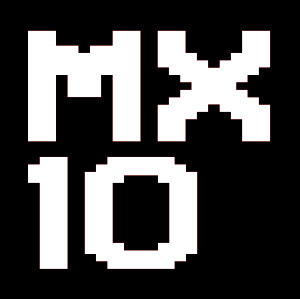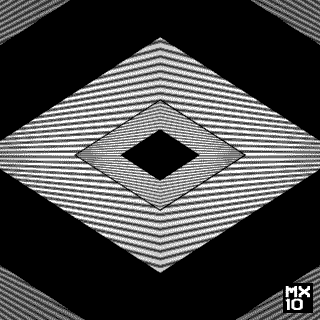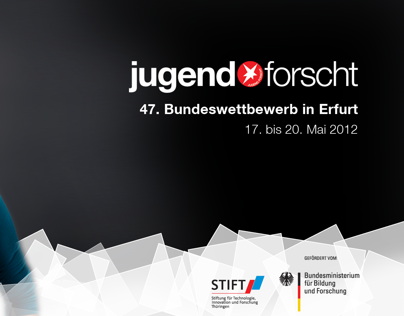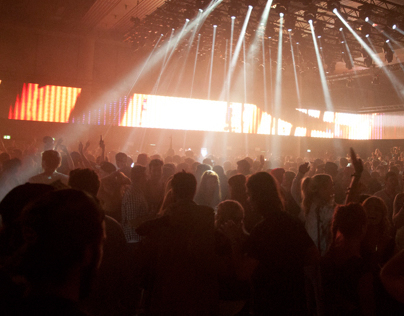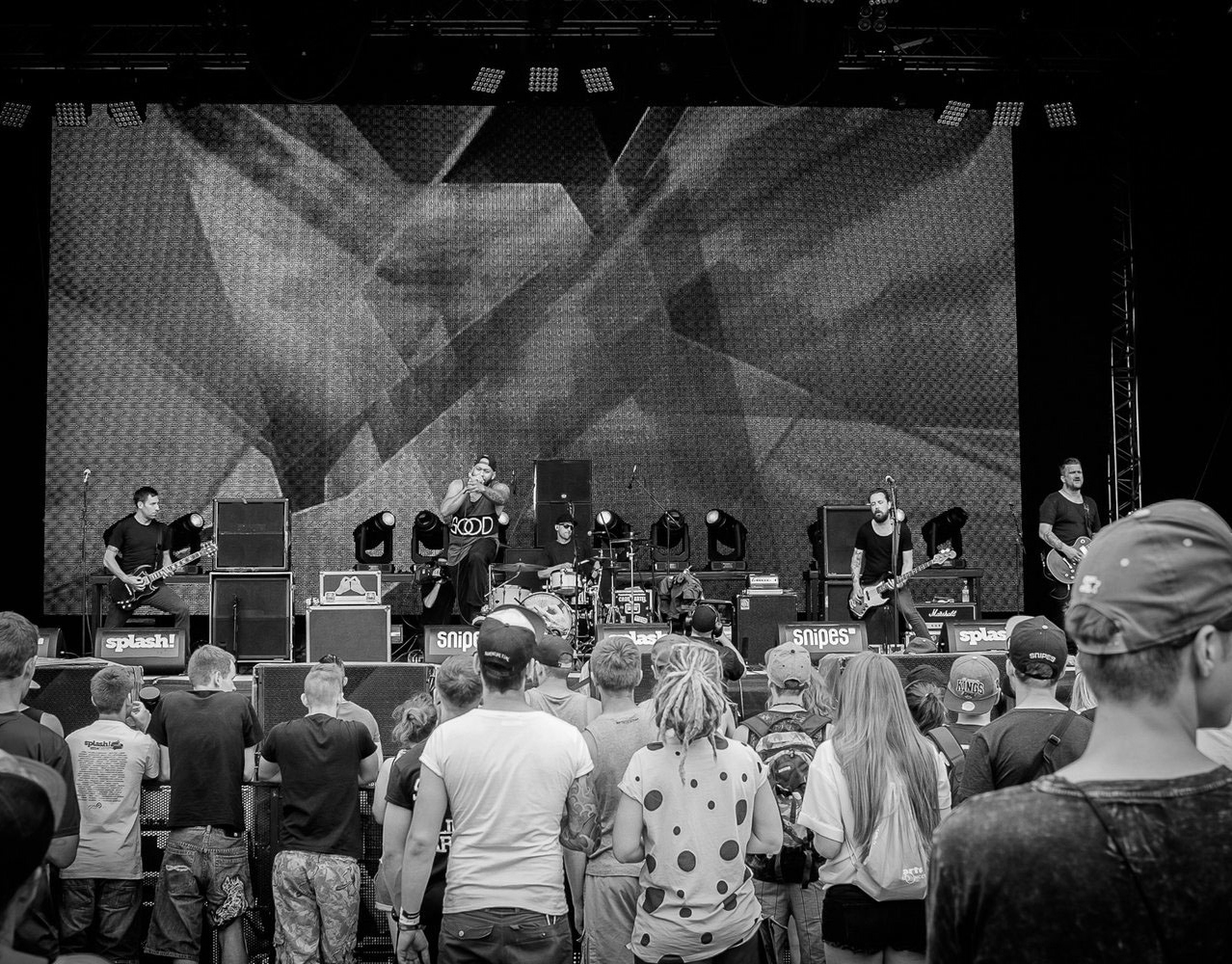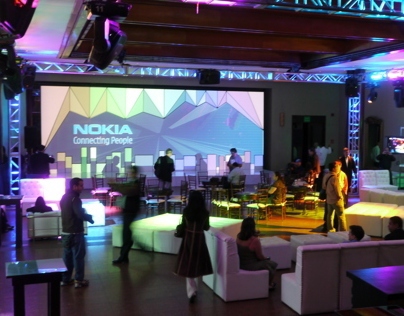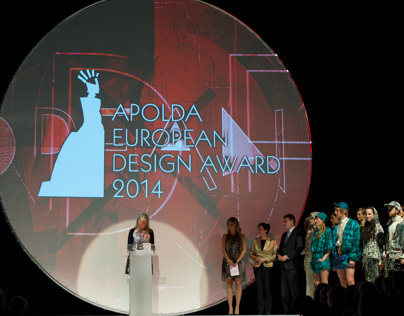Live music meet live video animations, which illuminated the northeastern facade of the Erfurt Cathedral as a projection mapping.
The leitmotif of the Day of German Unity – growing together – became the common thread through which the different performances were interwoven.
The leitmotif of the Day of German Unity – growing together – became the common thread through which the different performances were interwoven.
The 3D projection mapping used anamorphosis, a technique that has a rich tradition in art history. In this process, a motif is seemingly distorted and fragmented. However, if the viewer is positioned in the right place (the so-called “sweet spot”), the parts of the image combine with each other and merge to form a perspectively-correct representation. This is an “interactive” effect that has inspired awe time and again since the Renaissance.
To be able to map the complex fassade in every detail, digitus.art was commissioned to create a 26.000 m² big 3D model from over 1500 drone photographs.
Once viewers had found the right viewing point, they were able to enjoy live animations by video artists Kopffarben, Lea Brugnoli and Markus Heckmann in a new, virtual space that added an unexpected dimension to the perception of Erfurt Cathedral.
Improvisation not only played an important role for the visual artists, some of whom used live painting and specially programmed software to create moving images that only come into being at the moment they are viewed, but is also part of the core of most musicians’ performance practices. The Jena Philharmonic Orchestra opened the program on Saturday evening with an ensemble of over 60 musicians, while composer and pianist Martin Kohlstedt took the audience on a journey into his personal musical world and by storm. On Sunday, the Klezmer Orchestra Erfurt brought Yiddish festive music to the stage with more than 70 performers, followed by NoAccidentInParadise, an electronic trio that used site-specific samples to create a unique and captivating concert. Together, the artists presented a site-specific and cross-genre art experience that intertwined sound, image, and space, playfully transcending the divisive.
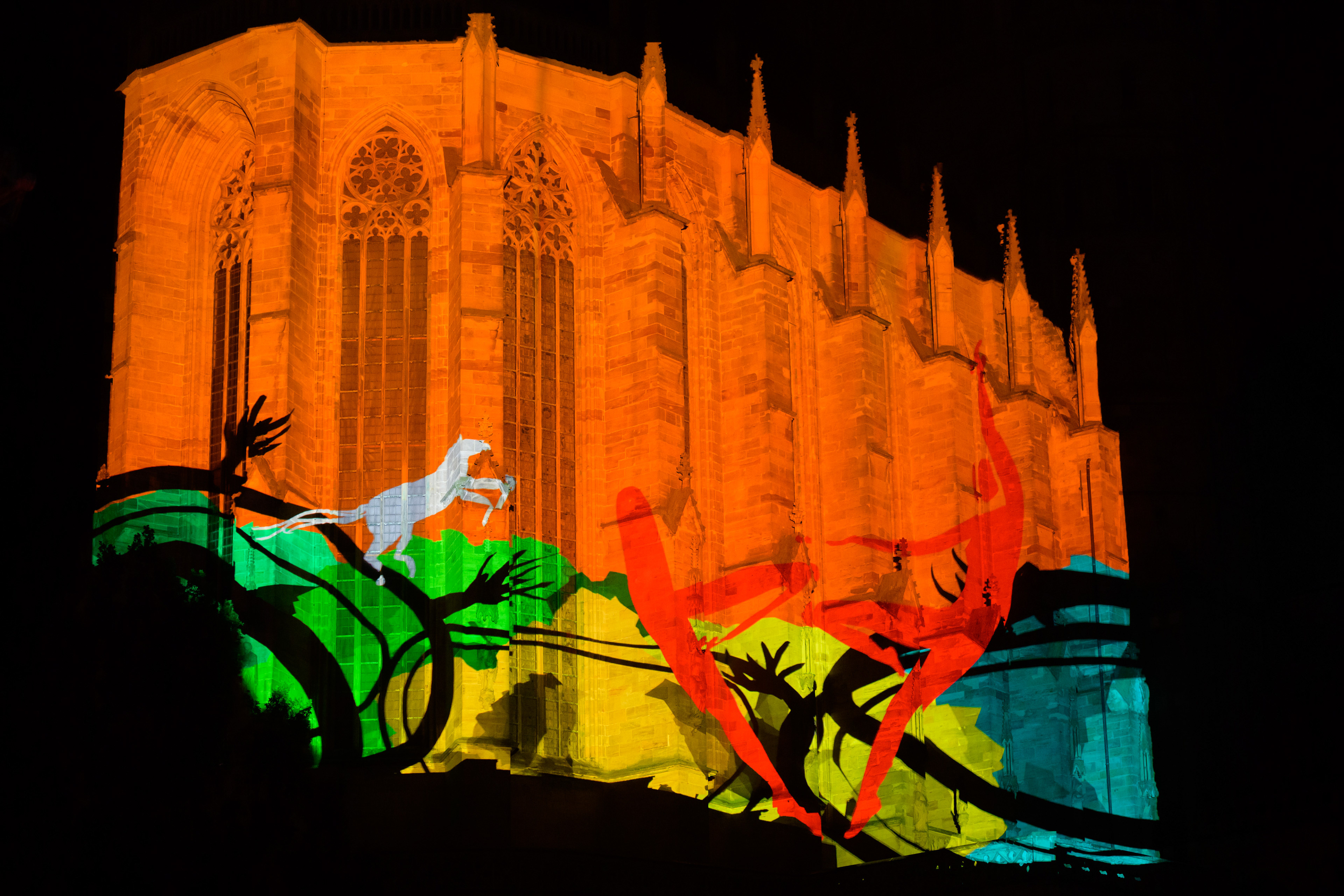



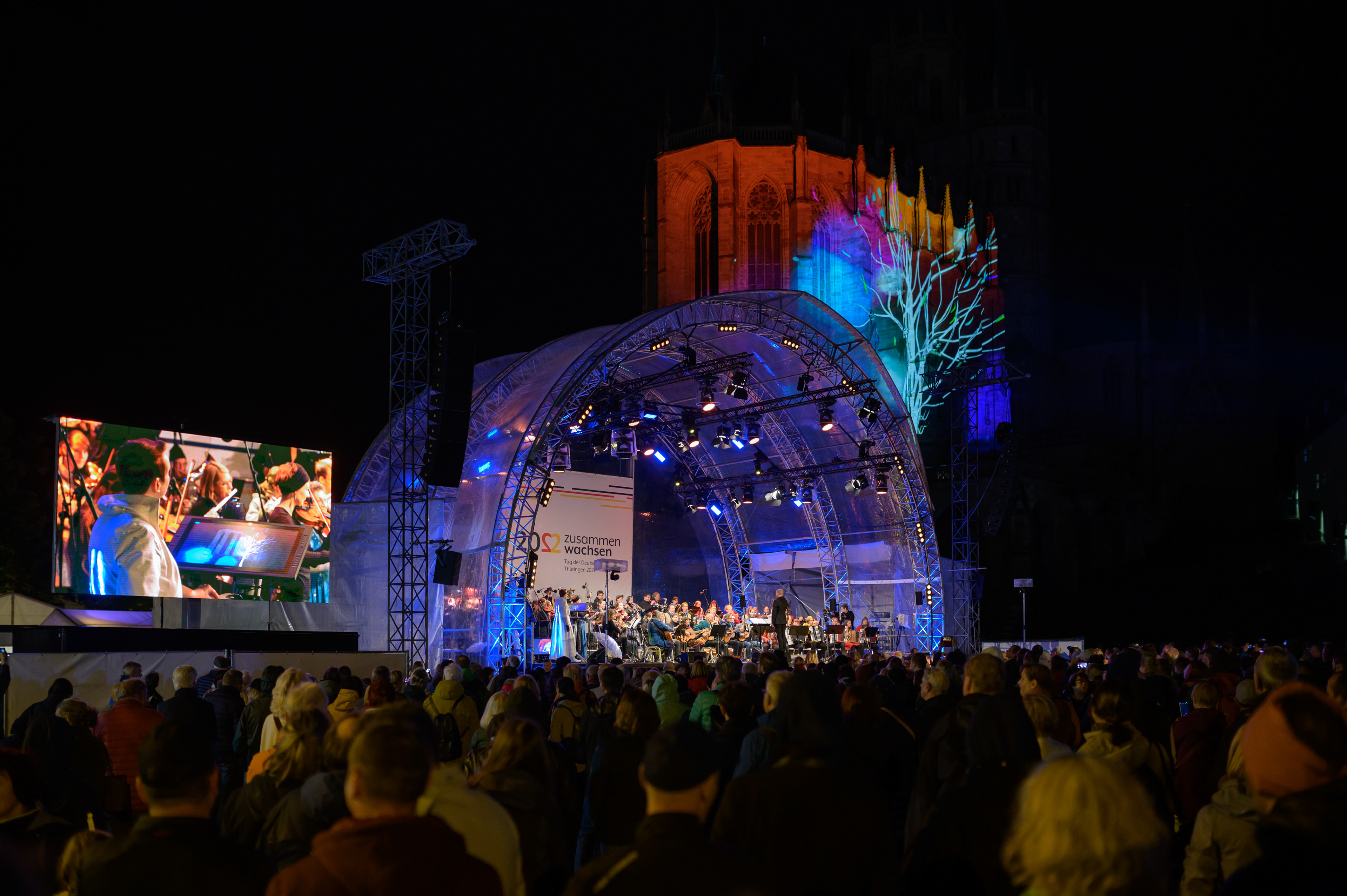
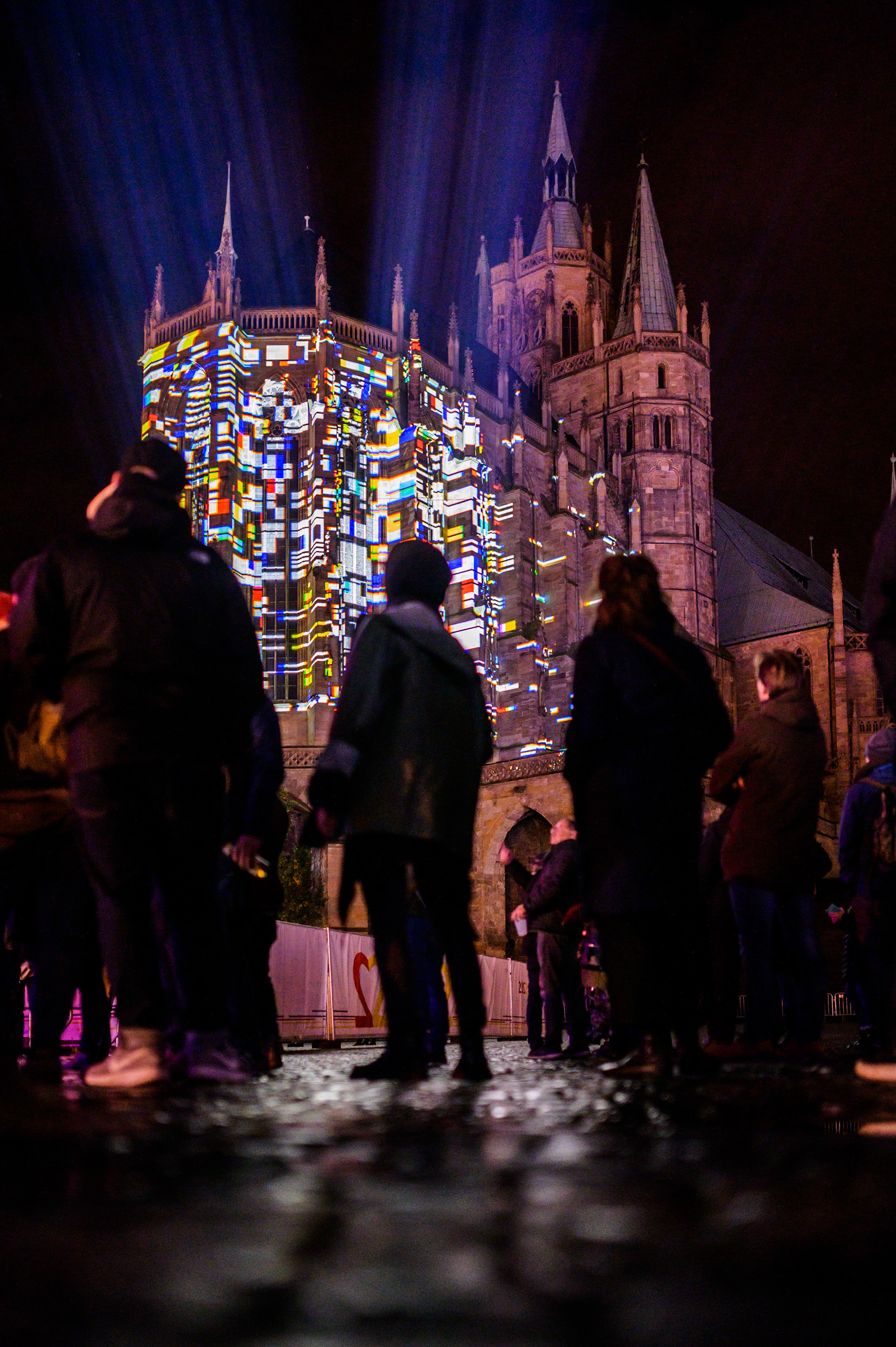
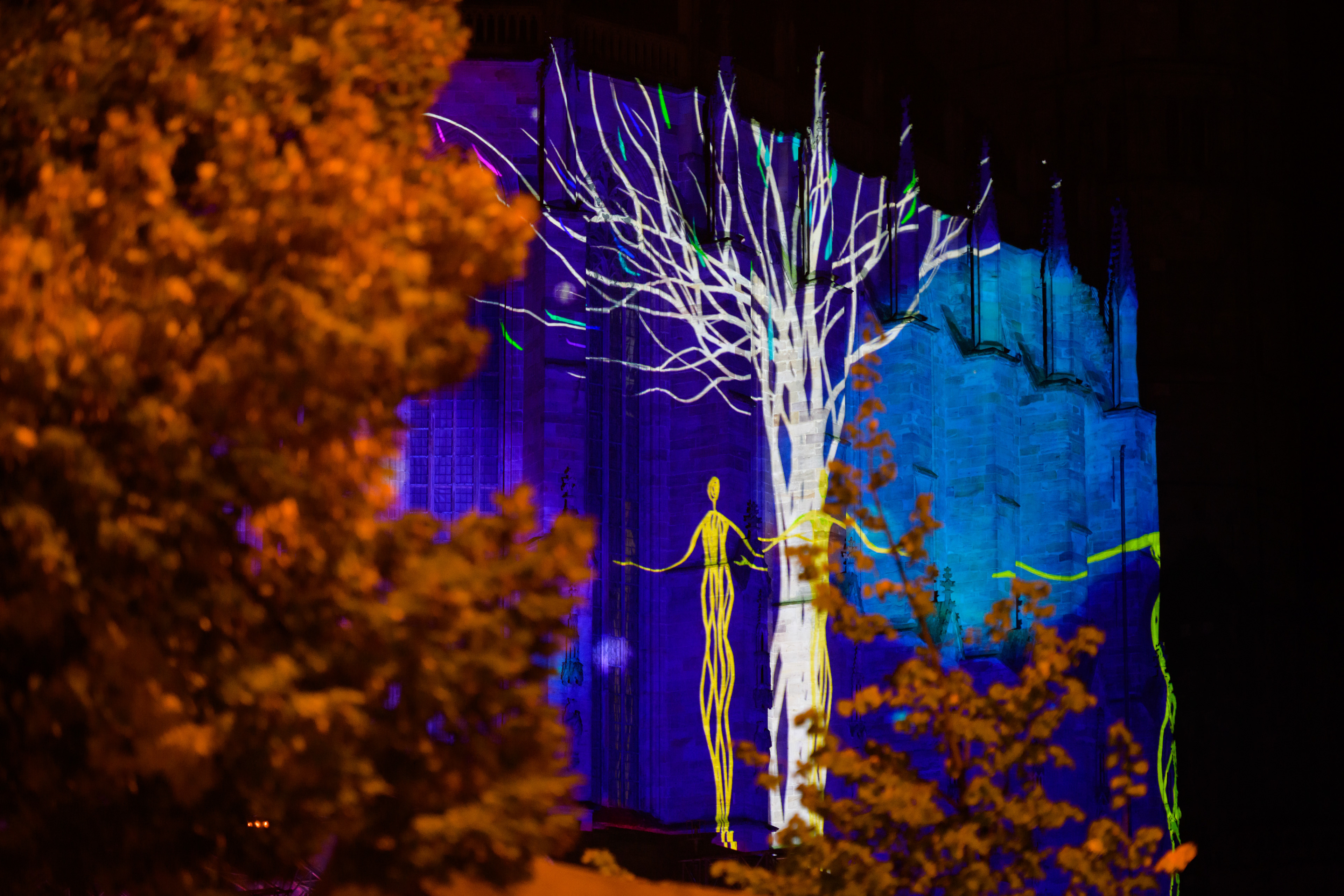
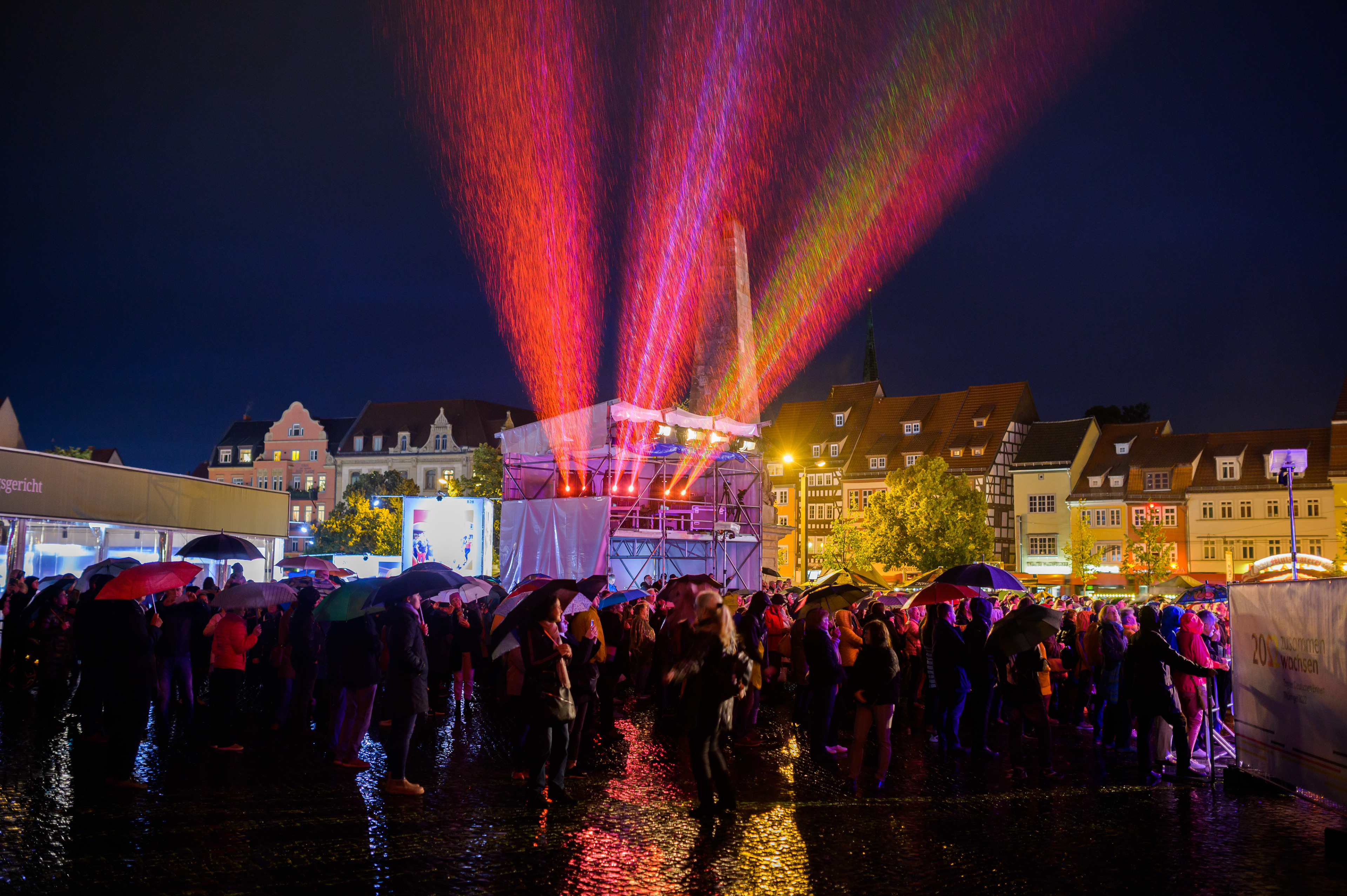
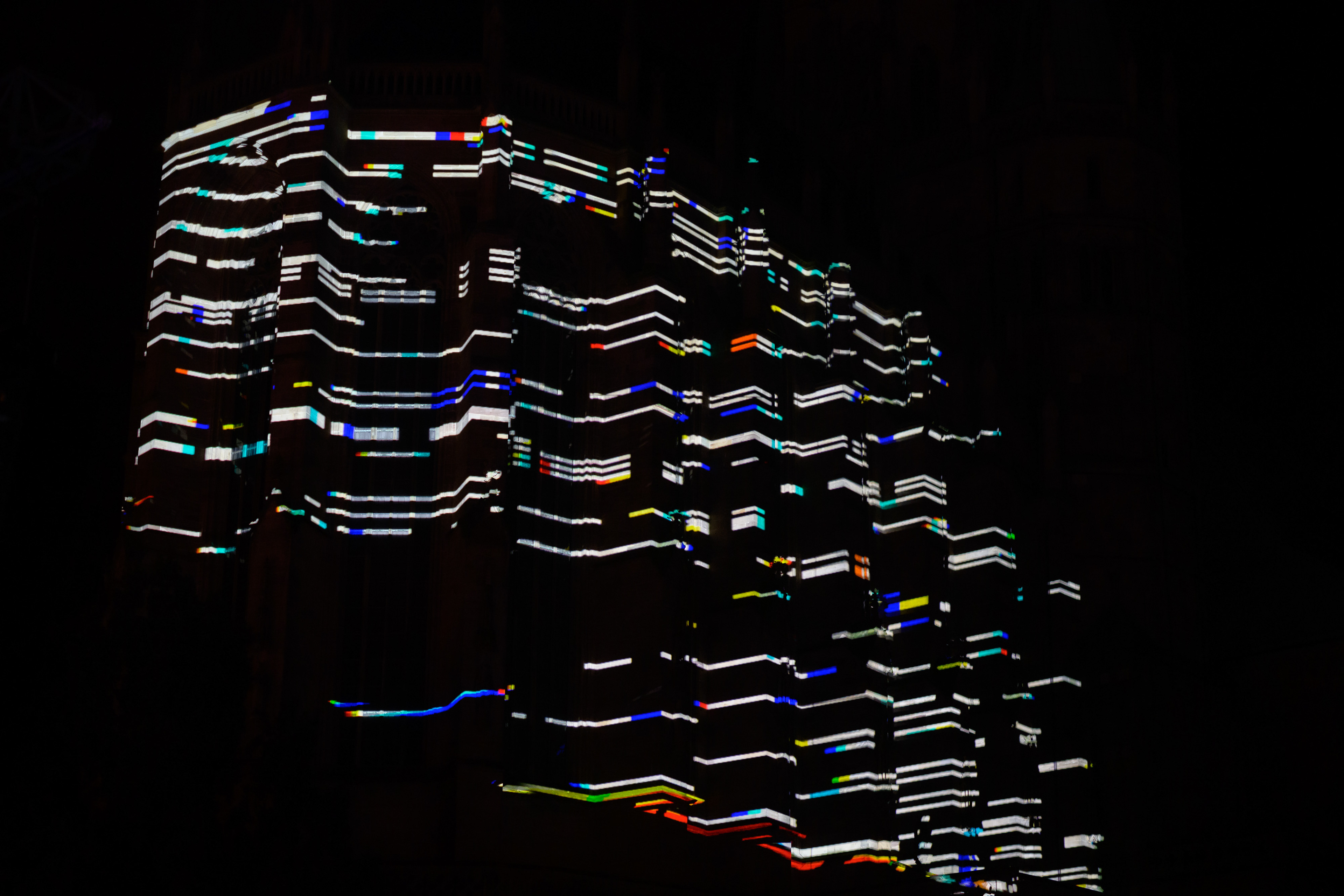

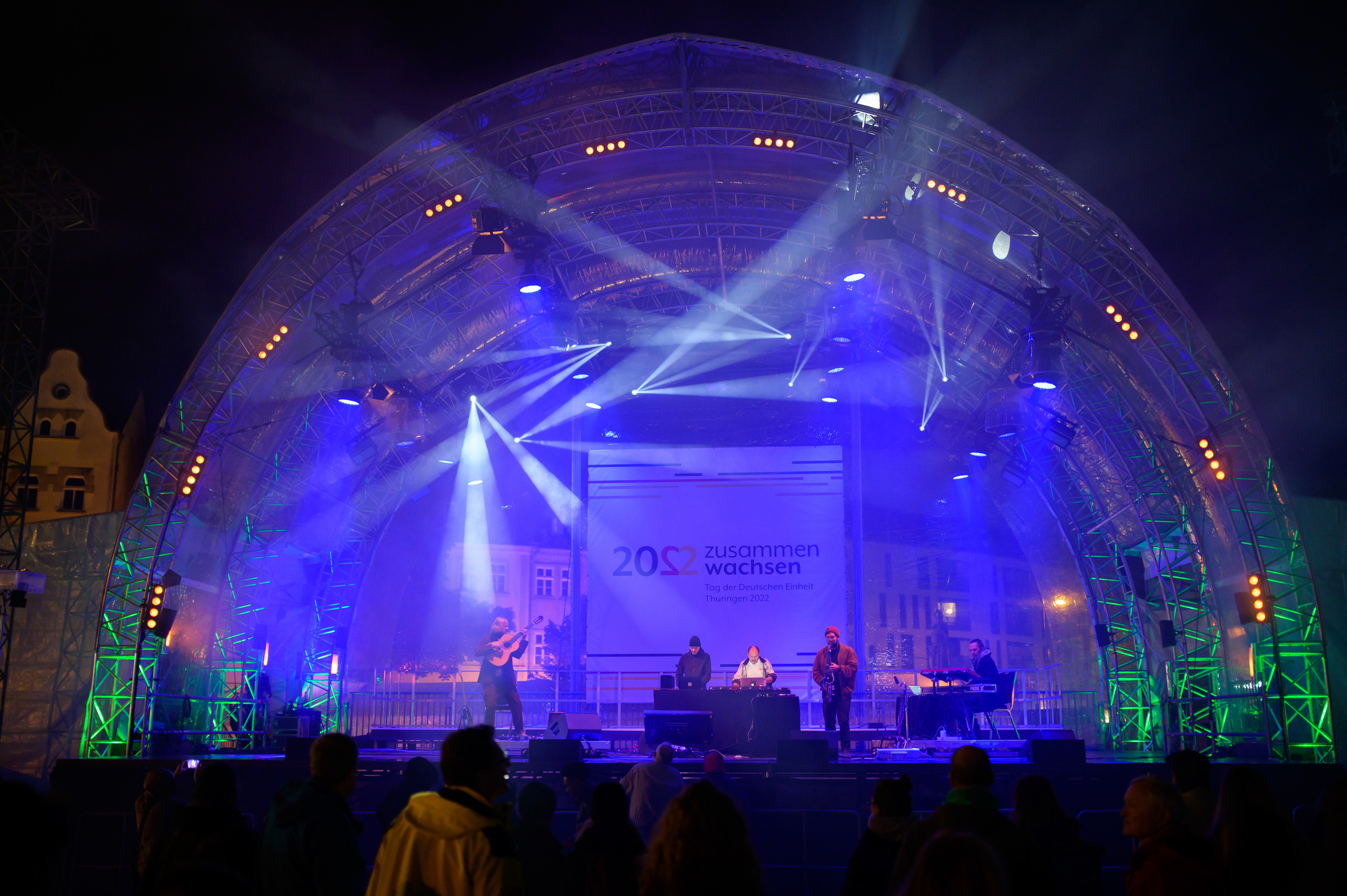


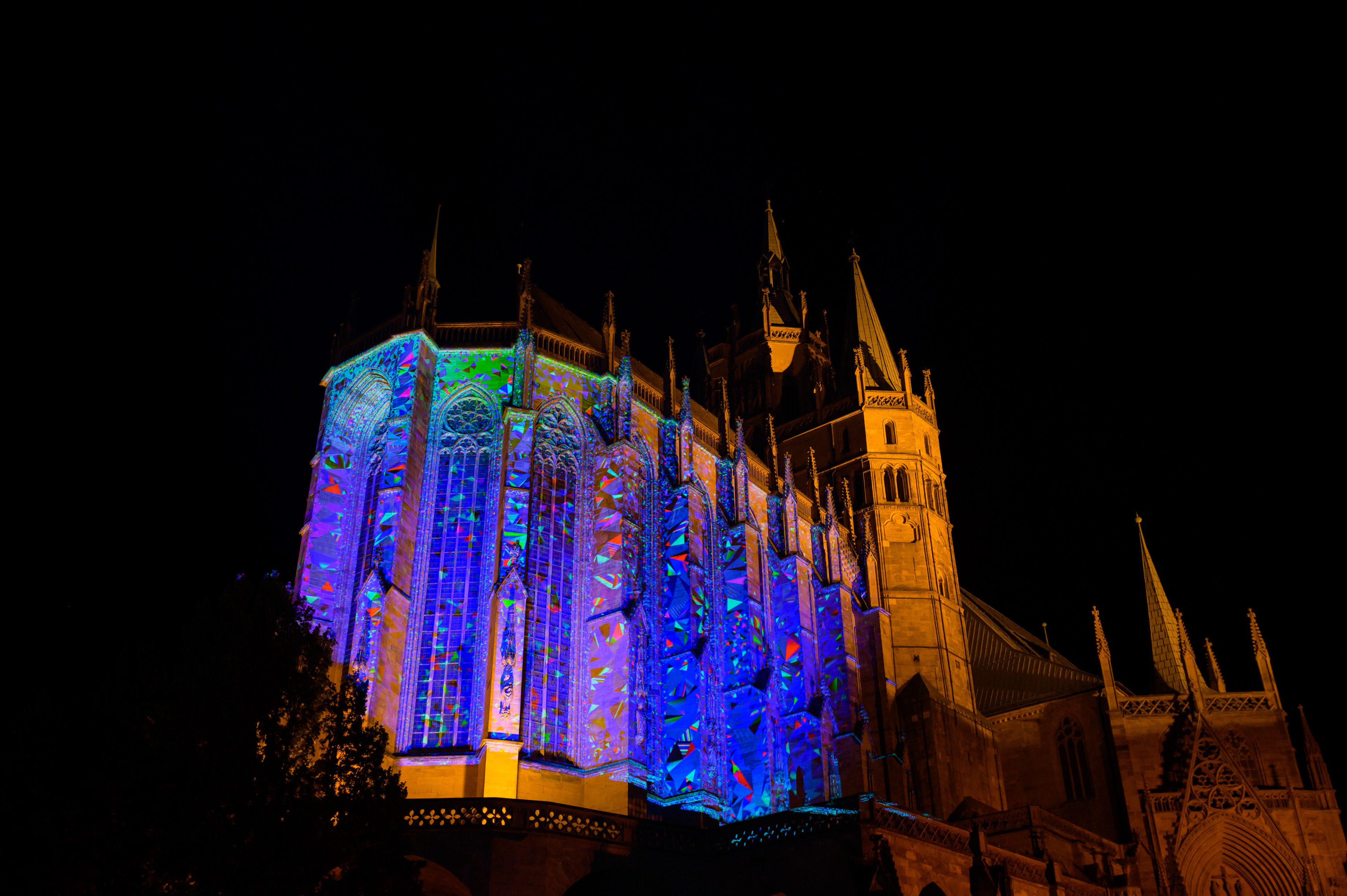
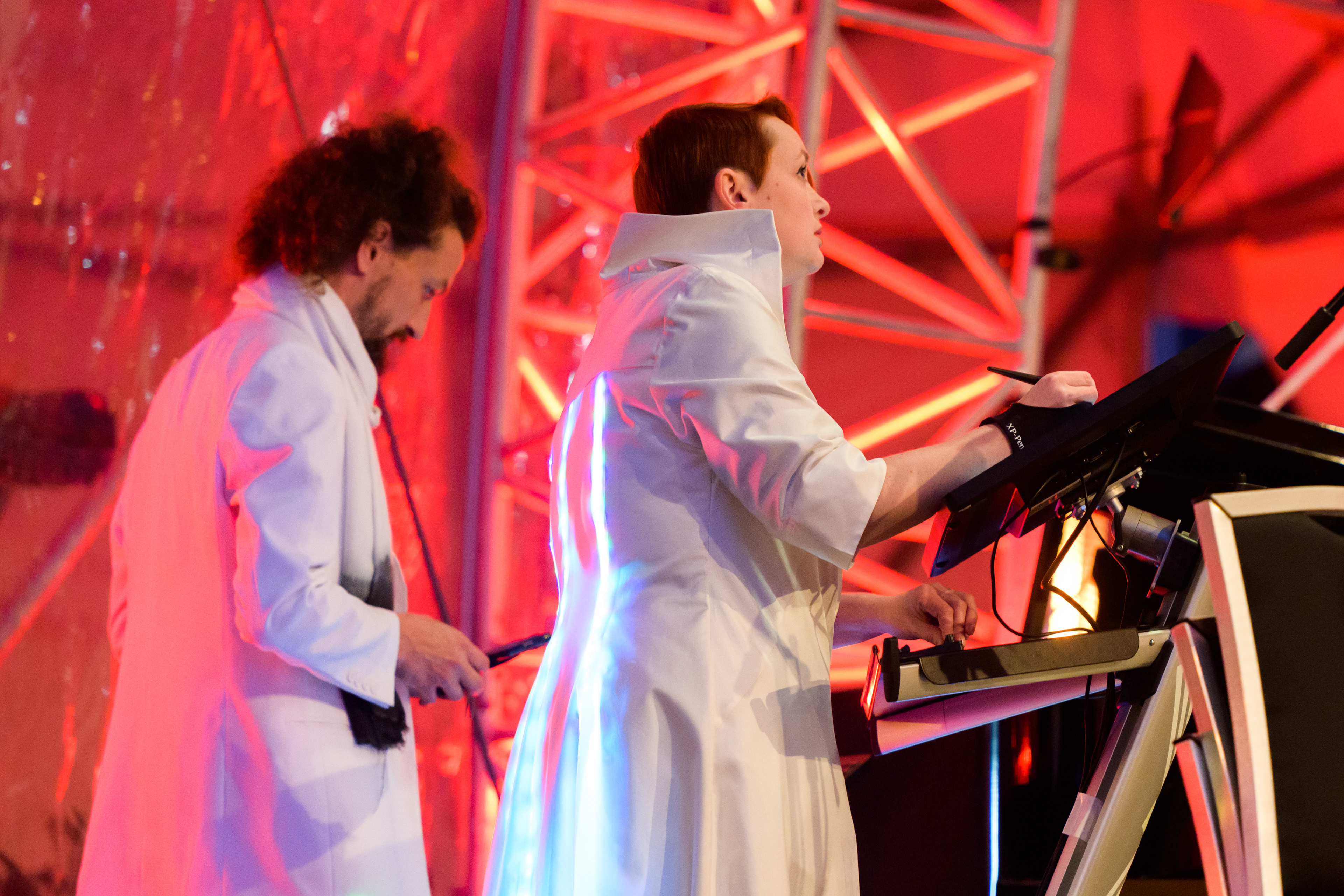

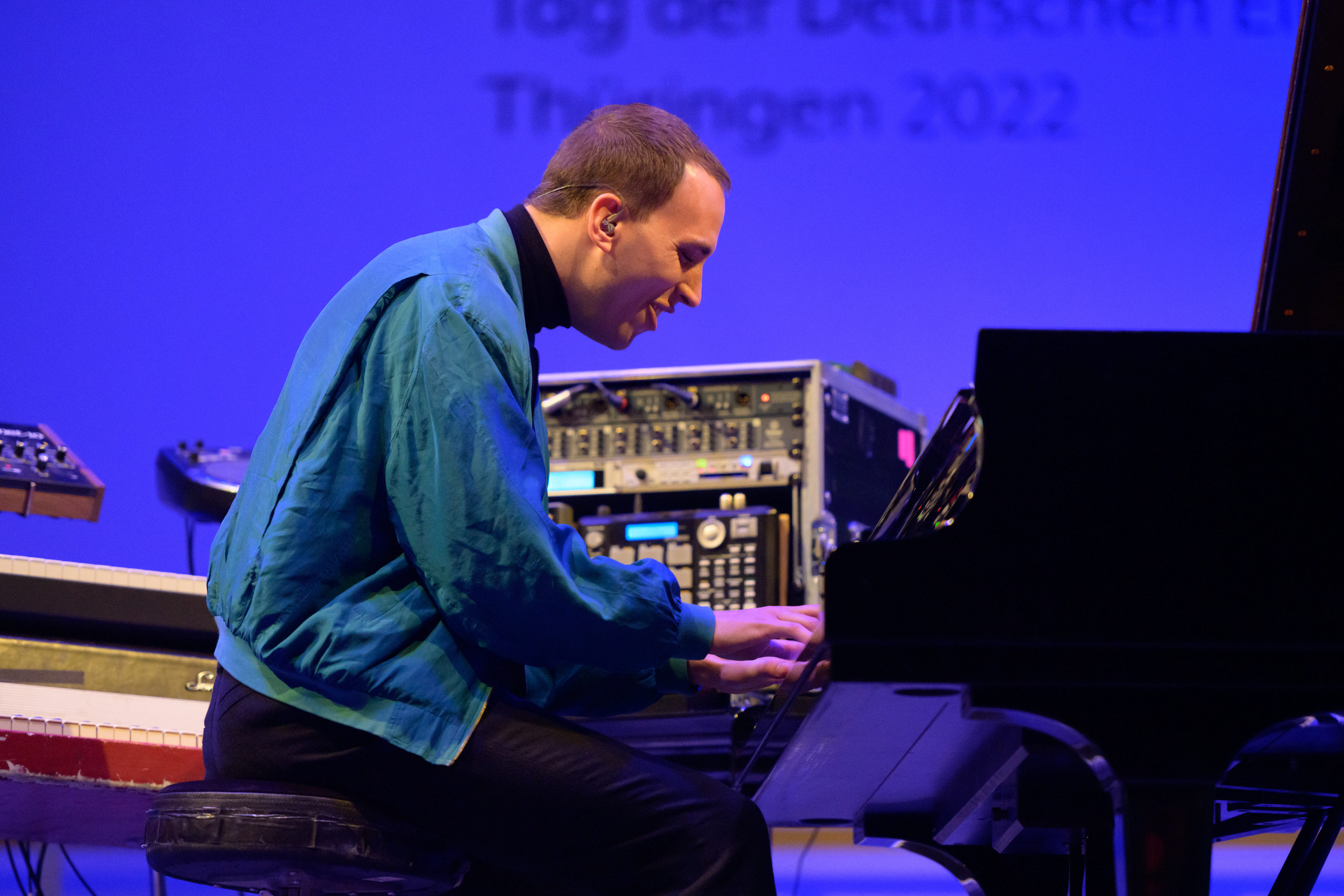



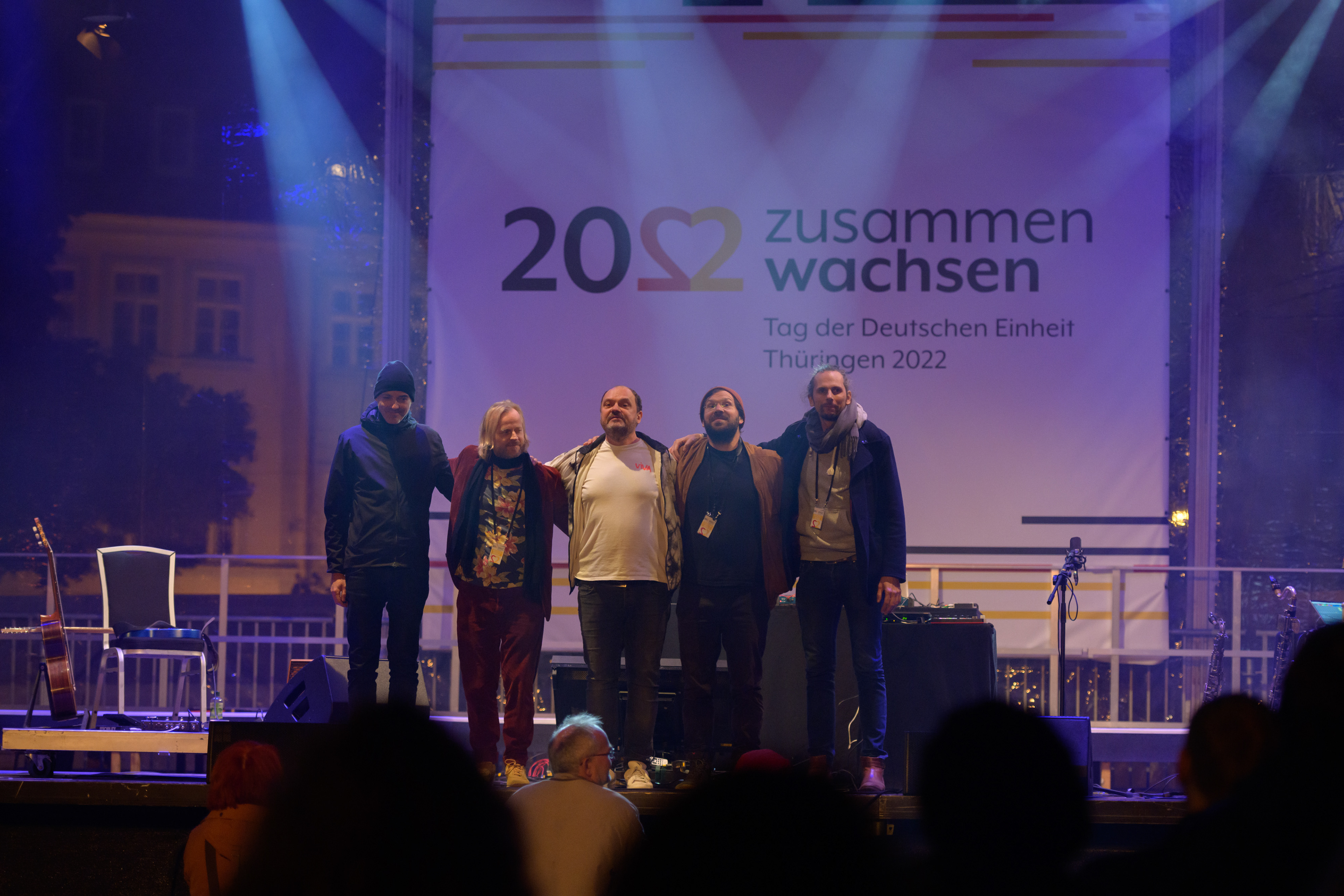
I did not only curate the participating artists and comissioned the 3D scan, but also wrote custom software in TouchDesigner to facilitate the precise mapping of the three projectors. As the visuals were performed live, one of the challenges was to send the 4k video signal across the square and map it onto the 3D model. The same software was used for previsualisation. With the help of Markus Heckmann, we were able to optimize the onboard mapping tools to work with a very high polygon count. The technical production was spearheaded by Dresden based Neumann+Müller.

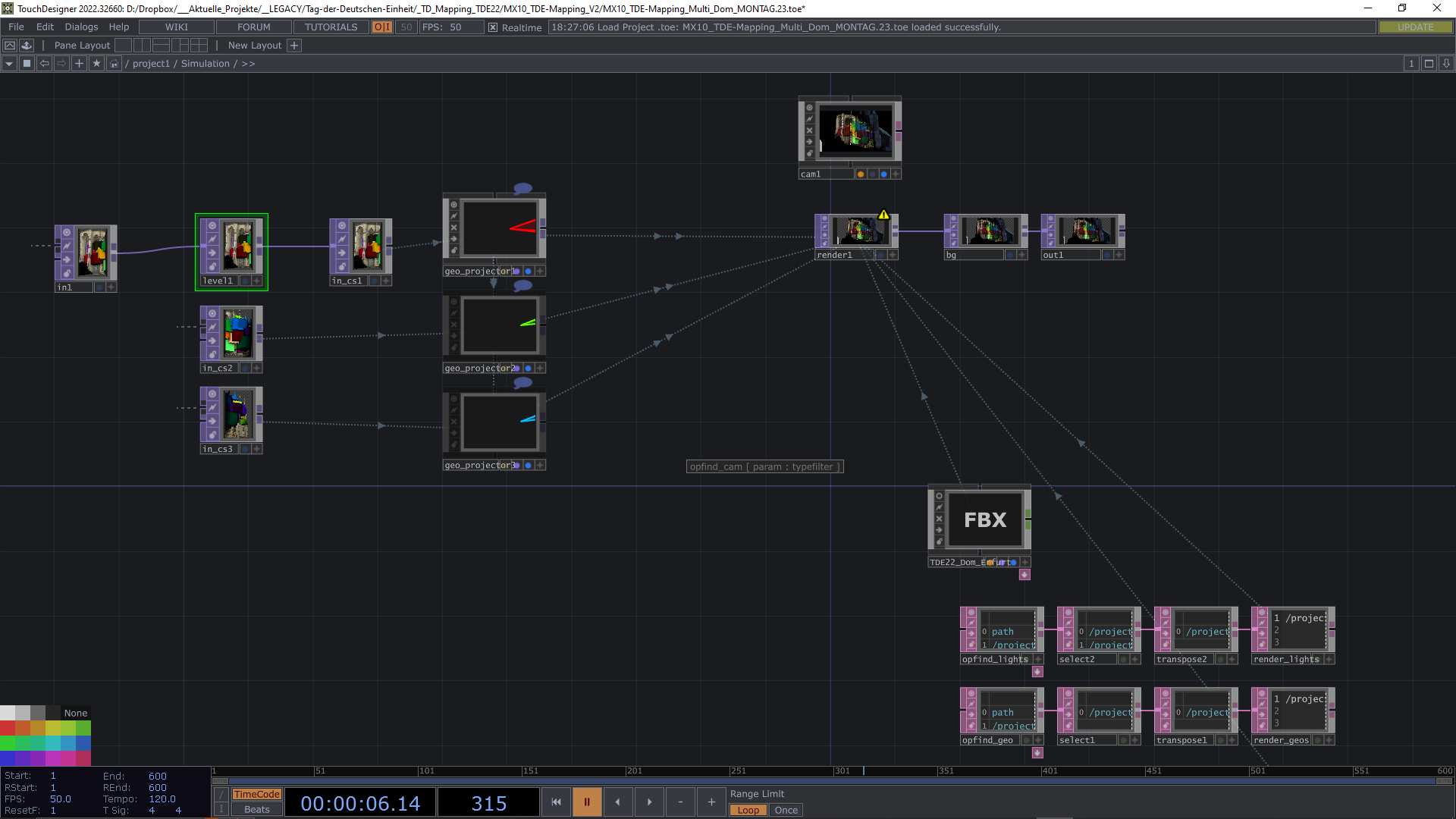

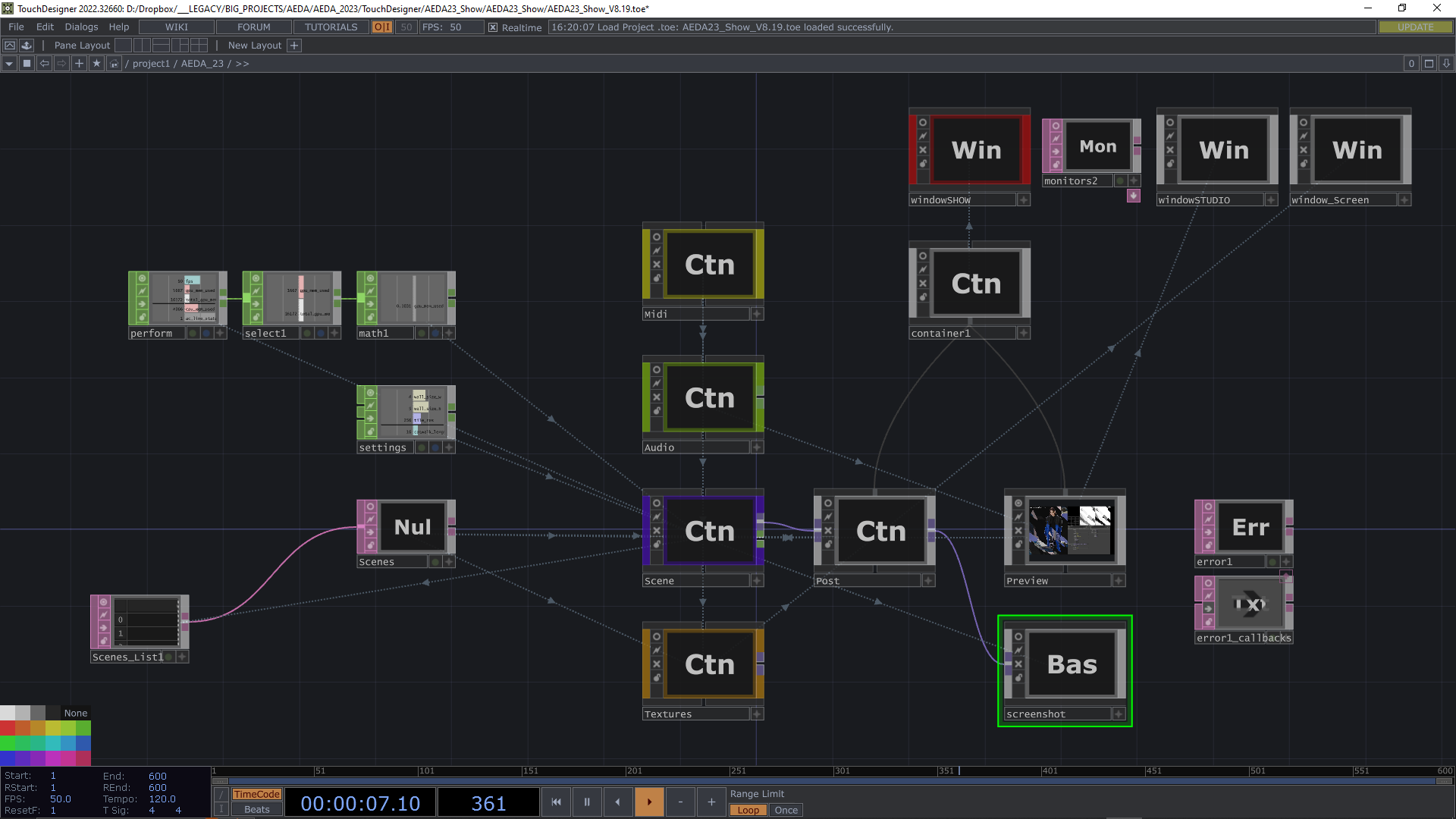
Concept, Curaton and Production
Stefan Kraus, The NODE Institute
Performing Artists
Jenaer Philharmonie + Kopffarben
Martin Kohlstedt + Lea Brugnoli
Klezmerorchester Erfurt + Kopffarben
NoAccidentInParadise + Markus Heckmann
Stefan Kraus, The NODE Institute
Performing Artists
Jenaer Philharmonie + Kopffarben
Martin Kohlstedt + Lea Brugnoli
Klezmerorchester Erfurt + Kopffarben
NoAccidentInParadise + Markus Heckmann
Agency
Fairnet
Fairnet
